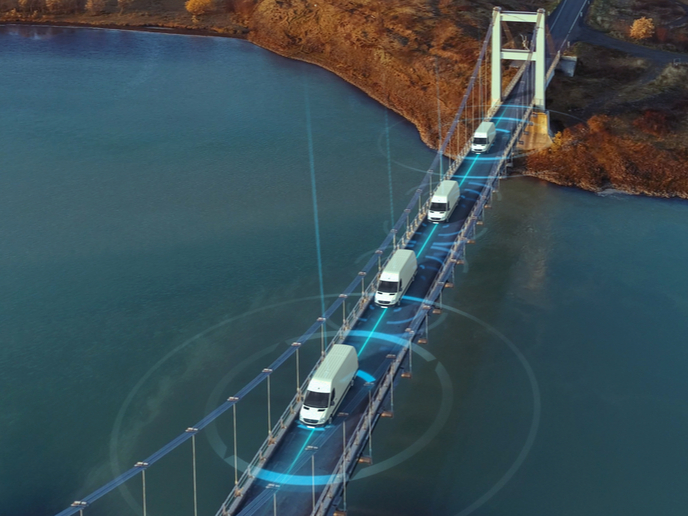Futuristic freight
Freight services are fundamentally based on 19th century design, still sporting numerous features that could be modernised. Looking ahead, freight trains of the future would be fully robotic and more efficient in many other ways. The EU-funded FURBOT (Freight urban robotic vehicle) project was put in place to make this a reality. Incorporating eight European partners, the project designed a radically new kind of electric urban freight vehicle and introduced new ideas about how it would be serviced. Its design priorities included modularity, energy efficiency, mobility dexterity, safety, and automated driving and freight robotised fork handling. Specific components of the system included a frame–platform structure, plus efficient power supply and drive-train layout incorporating an X-by-wire transmission. Other components included a new internal-state sensor system and automatic controls. While the FURBOT vehicle can be used by itself, it is more efficient within a fleet. This is why system-wide concepts were also developed, offering highly efficient intra-urban freight operation and optimal fleet management which adapts to changing freight demands and availability. In more detail, the system is based on the pick-up point concept — which includes Pick&Pay, Pack Stations and Bento Boxes — offering an innovative solution for e-commerce deliveries. It is also a cooperative freight system that integrates the resources of the cooperating companies for more cost efficiency. The project’s dissemination activities focused on furthering the introduction of the FURBOT vehicle and boxes into the mass market while promoting the FURBOT transport system to numerous municipalities. This was supported by the project website, publications, several conferences, robotic fairs and a final demo workshop (see FURBOT videos on YouTube). FURBOT’s work will result in a radical new urban freight system. It will be greener, more efficient and safer, while strengthening the competitiveness of the freight transport industry in the EU. Lastly, the system also represents an opportunity to expand urban freight systems into parts of cities previously considered unsuitable. It may well herald the beginning of a new paradigm shift in urban freight transport if fully exploited.
Keywords
Urban freight, robotic, FURBOT, X-by-wire, transport







